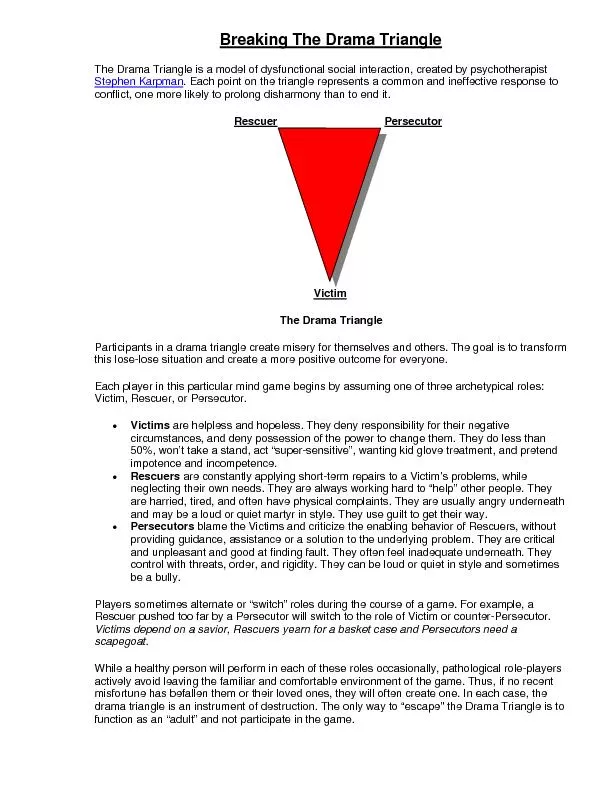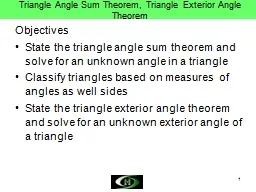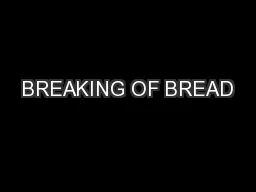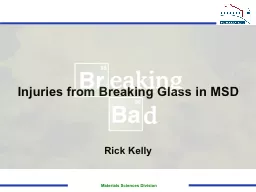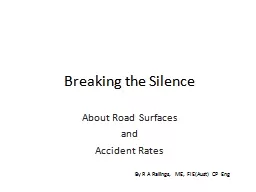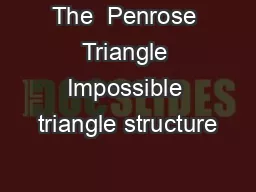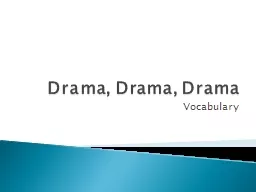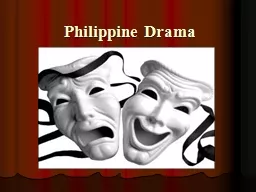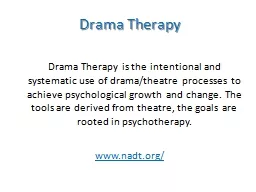PDF-Breaking The Drama Triangle
Author : luanne-stotts | Published Date : 2016-07-08
The D rama T riangle is a model of dysfunctional social interaction created by psychotherapist Stephen Karpman Each point on the triangle represents a common and ineffective
Presentation Embed Code
Download Presentation
Download Presentation The PPT/PDF document "Breaking The Drama Triangle" is the property of its rightful owner. Permission is granted to download and print the materials on this website for personal, non-commercial use only, and to display it on your personal computer provided you do not modify the materials and that you retain all copyright notices contained in the materials. By downloading content from our website, you accept the terms of this agreement.
Breaking The Drama Triangle: Transcript
Download Rules Of Document
"Breaking The Drama Triangle"The content belongs to its owner. You may download and print it for personal use, without modification, and keep all copyright notices. By downloading, you agree to these terms.
Related Documents

